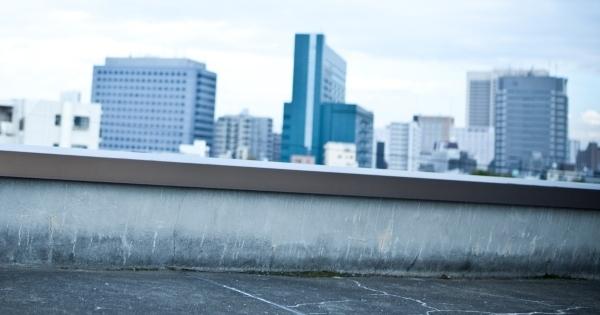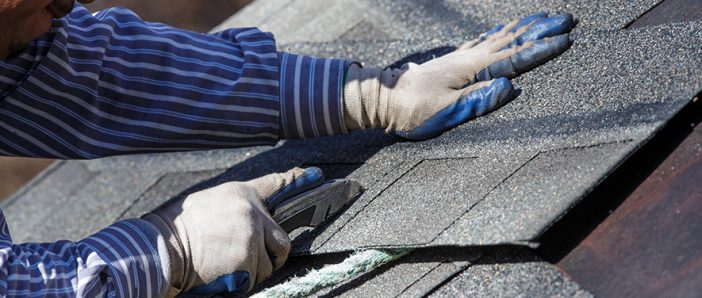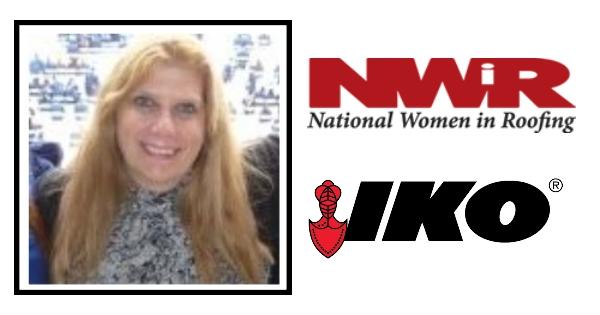Threat of Freak Hailstorms is Rising: Homeowners are Taking Cover with Impact-resistant Metal Roofs

MRA is offering a free comprehensive buyer's guide that contractors can offer to homeowners considering metal roofs.
As the baseball-sized hail stones that ravished parts of Minnesota proved recently, massive storms can happen anytime and nearly anywhere this time of year, especially in the Midwest, Gulf Coast and Rocky Mountain states.
Hail can be extremely damaging and costly to homes, and roofs take the brunt of the beating. To protect homes from damage and the increasing threat of freak hailstorms, insurance and home improvement experts advise homeowners to choose the type of roof they install wisely by selecting an impact-resistant roof.
Quality metal roofs often earn a Class 4 impact-resistance rating—the highest level of protection against hail damage available—based on the insurance industry Underwriters Laboratory ranking called the UL 2218 standard. That means, installing a metal roof can help reduce hailstorm damage and prevent costly repairs and replacement.
That's important because recent reports show that hailstorm costs are increasing in the United States, averaging $8 billion to $10 billion in damage annually and accounting for 70 percent of insured loss from severe storms. In studies conducted by the Insurance Institute for Business & Home Safety (IBHS), while all roof types can sustain some cosmetic damage depending on hailstorm severity, metal roofing performed best and was much less likely to puncture as compared to asphalt, withstanding even large hail stones without compromising performance.
"Metal roofs are extremely strong and durable," said Renee Ramey, executive director of the Metal Roofing Alliance (MRA). "For homeowners in hailstorm prone areas, it’s a wise investment to go with a material that’ll better protect their home against damage that can be caused by severe hail impact."
Hail is especially hard on asphalt roofs and the damage to them can be difficult to detect. Unbeknownst to a homeowner, hail damage can cause a small weakness, crack or penetration in an asphalt roof, which may allow water to intrude and ultimately damage a home’s interior. Before a homeowner even realizes there’s a problem, it can result in costly issues that are much more expensive to fix or repair.
For hailstorm-prone areas, including Colorado, Texas, Phoenix and the Midwest, metal roofs solve a multitude of other challenges caused by Mother Nature. Metal roofing is wind-resistant, able to withstand winds in excess of 140-mph (equal to a F2 tornado). They also are strong enough to hold up under heavy snow and ice loads, are wildfire resistant and can better reflect solar radiation, making them more energy efficient in hotter climates. To help compare materials and choose the right roof based on regional climate conditions and threats, MRA now offers a comprehensive free Buyer’s Guide for those interested in choosing a more resilient roof for their home.
"Mother Nature is increasingly unpredictable," said Ramey. "The best defense for homeowners is a good offense: Learn how to choose more durable materials that will protect your home and your investment, no matter what the season may bring." To find out more information and learn more about how metal roofing compares, visit the Metal Roofing Alliance.
About Metal Roofing Alliance (MRA)
Representing metal roofing manufacturers in the United States and Canada, the Metal Roofing Alliance (MRA) was formed in 1998 to help educate consumers about the many benefits of metal roofs. The main objective of MRA is to increase awareness of the beauty, durability and money-saving advantages of quality metal roofs among homeowners, as well as to provide support for metal roofing businesses and contractors. For more information, visit MRA.























Comments
Leave a Reply
Have an account? Login to leave a comment!
Sign In